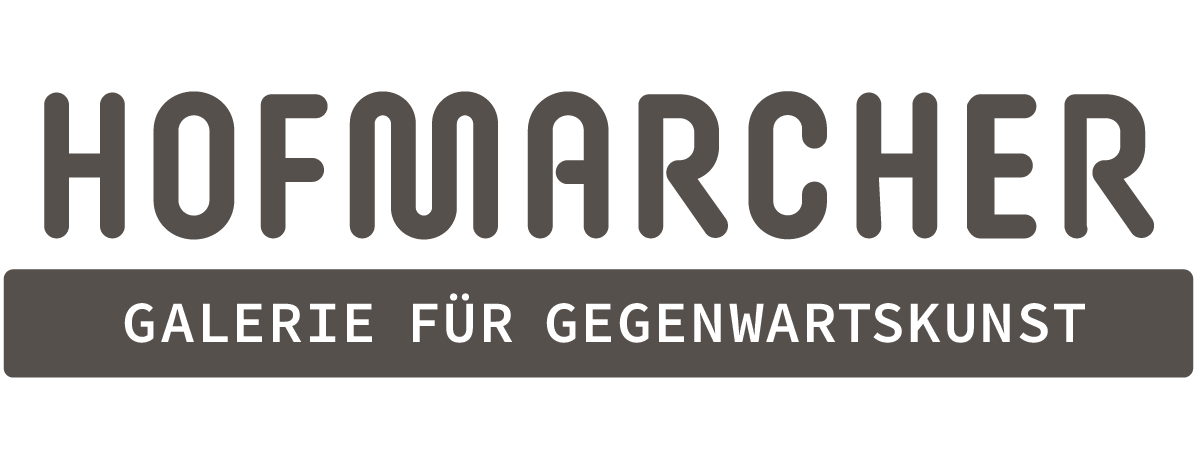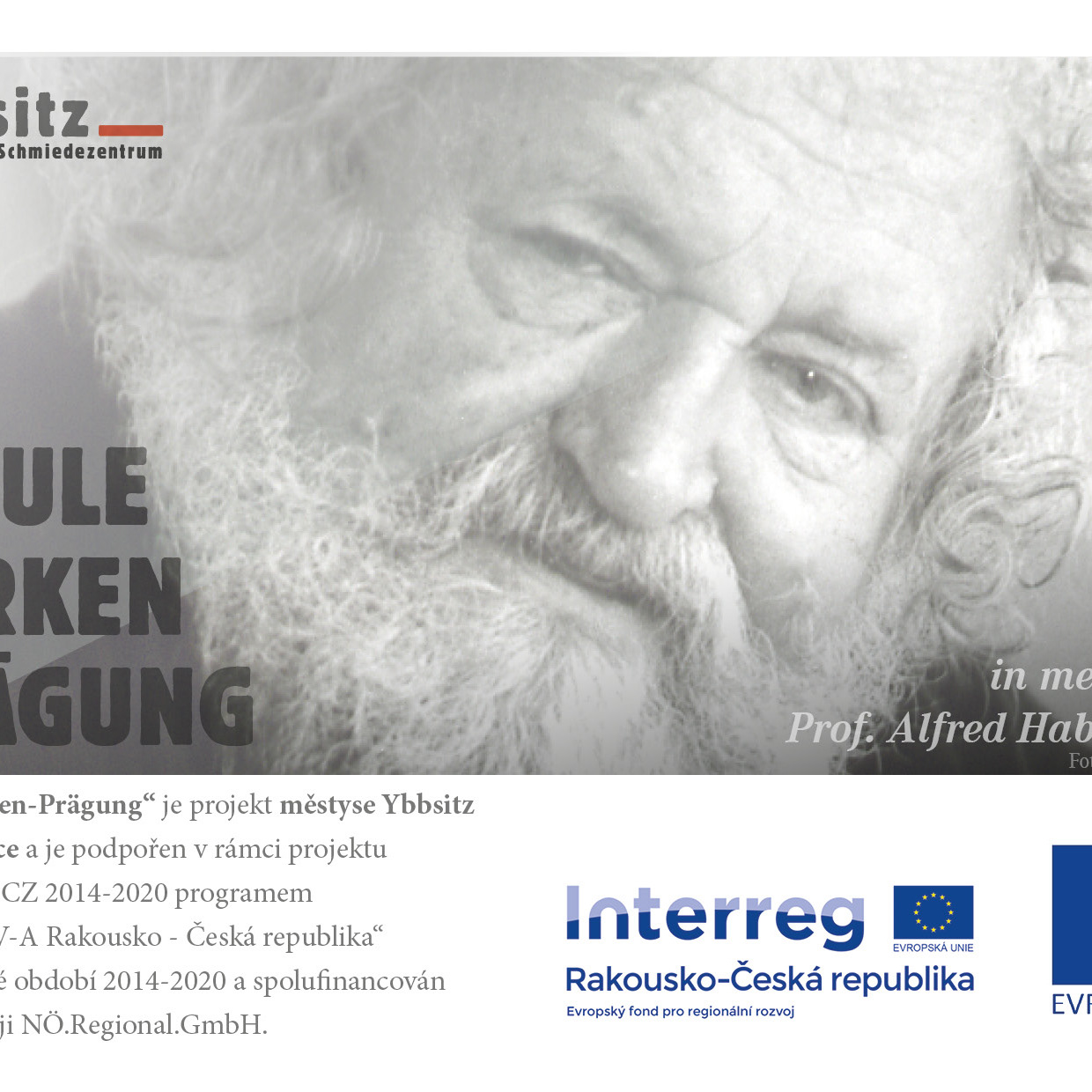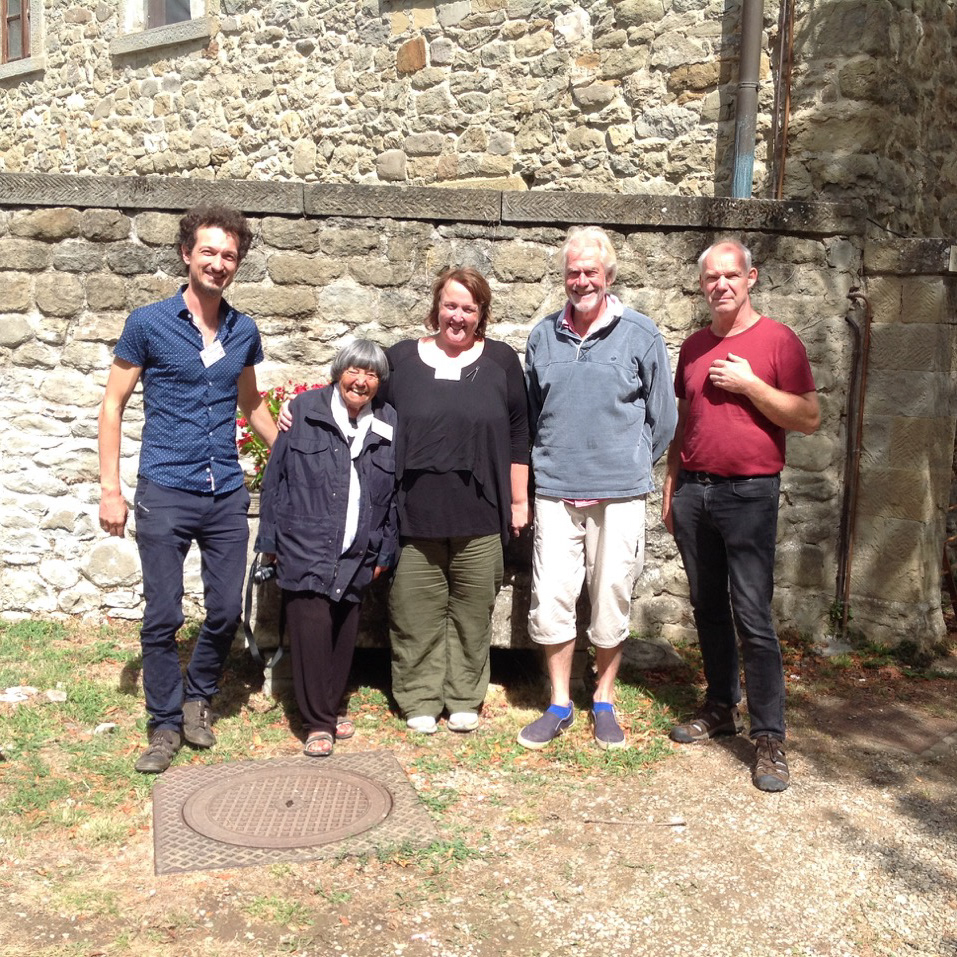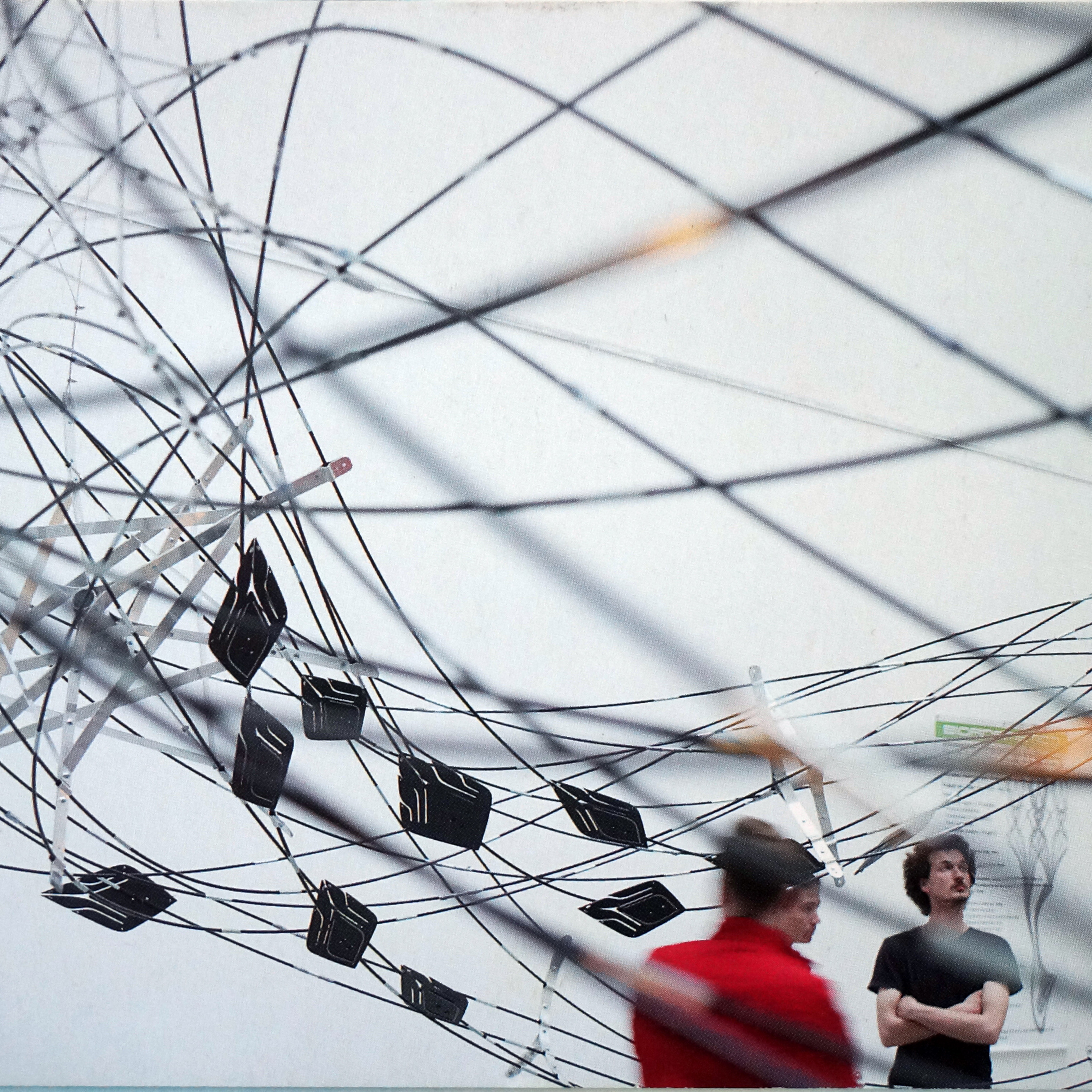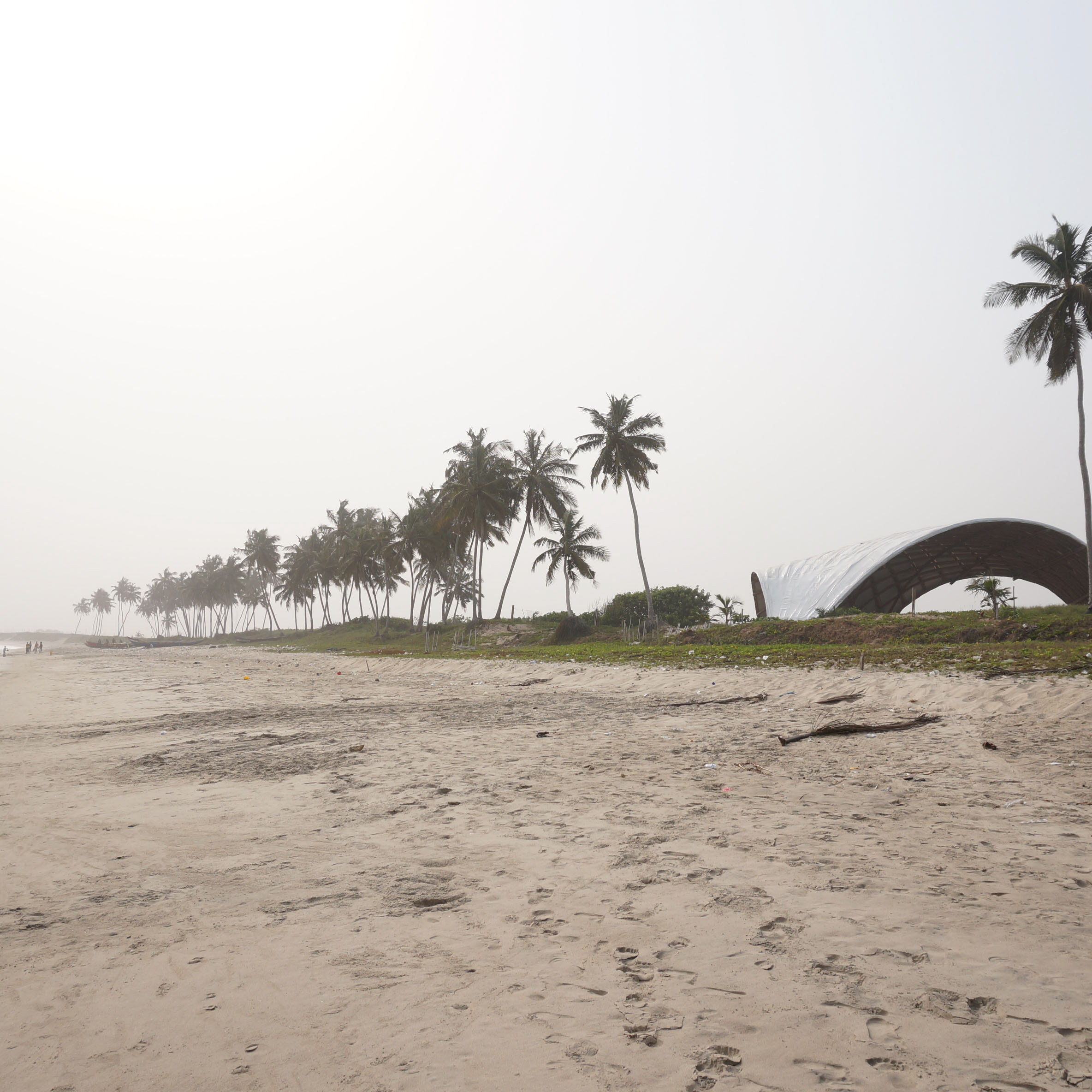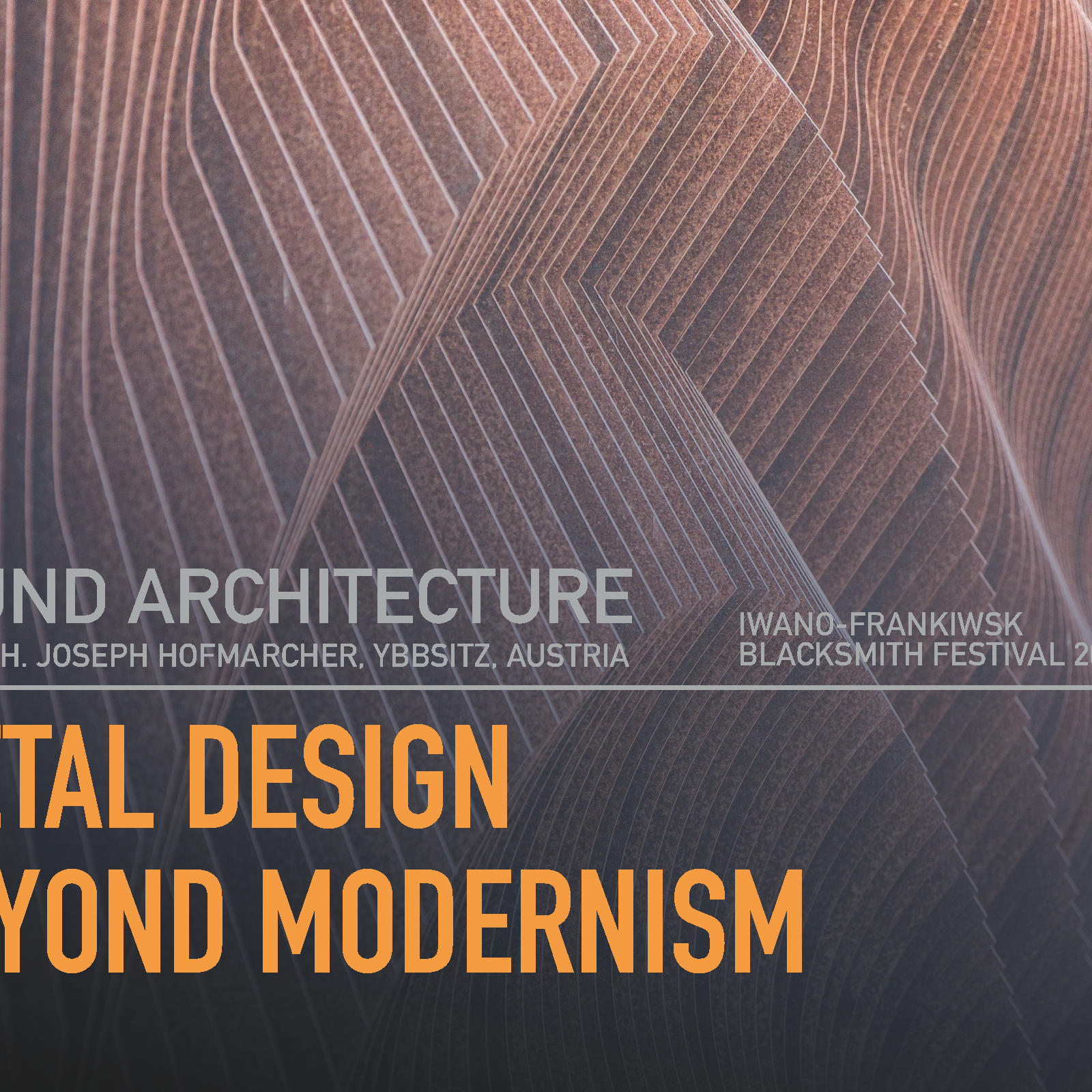IronCamp Symposium 1 in Haus FeRRUM Ybbsitz
Die Symposiumsreihe „IronCamp – Neue Paradigmen für Metalldesign und Handwerk“ in Ybbsitz beschäftigt sich mit der Zukunft des Metalldesigns und des Schmiedehandwerks. In ihrer zweiten Ausgabe im Februar 2017 widmete sich die internationale und transdisziplinäre Gruppe Fragen wie: „Was wird ein Schmied im Jahr 2030 tun?“ und „Warum Metall und Schmieden?“ Der inspirierende Vortrag des progressiven italienischen Designers Mirko Daneluzzo (NYXO Studio) ebnete den Weg für neuartige technologisch-mechanische Unterstützung des Handwerks und prägte sogar den provokanten Begriff der „Cyborg-Kunstfertigkeit“. Die Frage nach Rollen sowie die Frage der Kommunikation zwischen den Gewerken bleiben dabei zentral.
Das Symposium IronCamp ist als dreiteilige Veranstaltungsreihe konzipiert. IronCamp 1 fand im Februar 2016 statt, IronCamp 2 wurde im Februar 2017 durchgeführt, und die dritte sowie abschließende Ausgabe ist für Februar 2018 geplant (1). Träger des Projekts ist der Verein Schmiedezentrum Ybbsitz, welcher durch Fördermittel der Europäischen Union und des Landes Niederösterreich (LEADER, LE14-20) unterstützt wird. Weitere unterstützende Institutionen sind der Ring der Europäischen Schmiedestädte, die Eisenstraße Niederösterreich sowie die UNESCO.
Designer Mirko Daneluzzo’s lecture guides the path to a progressive future.
The local context of forging and metal elaboration is being discussed at the excursion.
Summarizing the outcomes of the symposium in a finalizing press conference.
IronCamp Symposium 1:
Thomas Hochstädt (AUT), Susanne Rumpl (Logistische Organisation / Logistic Organization), Jadran Stenico (ITA), Arch. Dipl. Ing. Franz Sam (AUT / Gastvortragender / Guest Speaker), Mag.arch. Joseph Hofmarcher (Kurator / Curator), Dipl. Ing. Josef Lueger (Prozessbegleiter / Facilitator), Prof. Marta Kravchenko (UKR), Arch. Letitia Lopez (URU/AUT), Georg Kromoser (AUT), Peter Brunner (GER), Alexander Kamelhair (USA), Anton Vadovic (CZE), Nikolaus Frühwirt (AUT), Mirko Daneluzzo (ITA), Pavel Tovarek (CZE), Bgm. Josef Hofmarcher (Obmann des Vereines Schmiedezentrum Ybbsitz / Chairman of the association Schmiedezentrum Ybbsitz), Jokum Lind Jensen (DEN)
A group of thinkers in the Haus FeRRUM in Schmiedezentrum Ybbsitz (v.l.t.r.):
Mayor Josef Hofmarcher (chairman of project promoter Schmiedezentrum Ybbsitz), Josef Lueger (moderator, Austria), Nikolaus Frühwirth (Blacksmith, Austria), Georg Kromoser (material scientist, Austria), Marta Kravchenko (art historian, Ukraine), Joseph Hofmarcher (curator, architectural designer, Austria), Peter Brunner (Blacksmith, Germany), Mirko Daneluzzo (designer, Italy), Johannes Längauer (architect, Austria), Alexander Kamelhair (sculptor, Texas/USA), Letitia Lopez (architect, Uruguay/Austria), Petr Soudek (blacksmith, Czech Republic), Jadran Stenico (sculptor, Italy), Guillermina Moralez (blacksmith, Spain), Ondřej Géla (blacksmith, Czech Republic), Susanne Rumpl (organizer, Schmiedezentrum Ybbsitz), Thomas Hochstädt (blacksmith, Austria).

